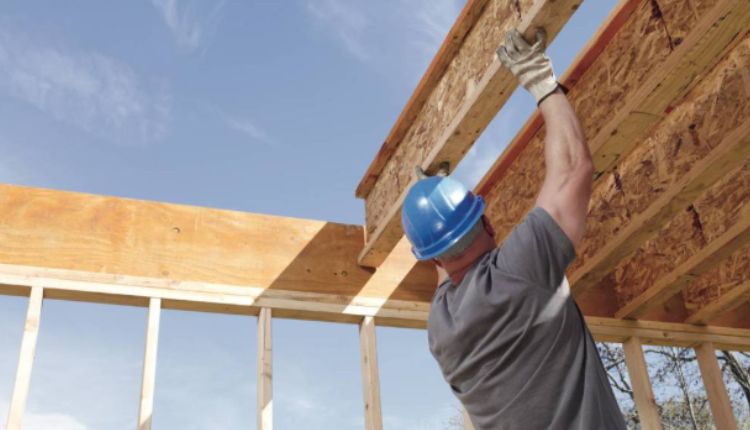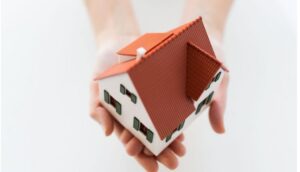
Engineered Lumber
During the construction of different buildings or products, engineered lumber can be used. There are different types of engineered wood avaialble today, each with its own properties that make it the best option for a certain project. Before using the engineered wood, it is a good idea to understand what makes it such a good option. Some of the primary benefits include the following.
Consistent Quality Between Pieces
One of the biggest benefits of engineered lumber is that there is consistent quality between pieces. There are no knots or other imperfections that can impact how stable the wood is or whether it’ll work for a specific project. When it’s purchased, it’s possible to know exactly what to expect, so it’s easier to buy just what’s needed for the project. This helps to ensure the wood is a good fit and to save money overall.
High Load-Bearing Capacity
Engineered wood is designed to have a higher load-bearing capacity. It is stronger than standard lumber and can support longer spans without worry about warping or splitting. This can help to simplify designs to use less wood, which can help with saving money in the long run. The strength also makes it an excellent option for any projects where that is a concern, such as applications where the wood will have to hold up to people walking on it or to heavier applications.
Dimensional Stability
Standard lumber can warp, twist, and crack over time. This reduces its stability and can mean issues with the final project. It can also make it harder to buy the wood needed for the project all at once, as it will need to be stored properly to prevent potential issues. With engineered wood, dimensional stability enables it to stay the same shape over time. The wood can be purchased all at once without worrying about whether it’ll warp or if it needs to acclimate to the setting where it’ll be used.
Speeds Installation Processes
With standard lumber, it can become necessary to check each piece of wood for warping and other issues before it can be used. This can end up slowing down production significantly and lead to many boards being unusable. Instead, with engineered wood, the installation process can be much faster. Since the boards are stable, they’re going to be able to be used for the project without having to make potential changes to handle warping or twists.
Reduced Wasted
When boards warp, twist, or crack, they may need to be thrown out, as they may not work with the project anymore. This leads to wasted money and materials, and it can add up quickly with larger projects. With engineered wood, on the other hand, there is less waste. Since the lumber is more stable, it’s not necessary to throw it out or look for other pieces that can be used. This can lead to significant savings on larger projects.
When wood is needed for a project, using engineered wood can be a great option. It is important to make sure the lumber chosen meets the needs of the job and will be a good fit for the overall project. Take a look at the different types of engineered lumber today to learn more about the pros and cons of each type and to find the right one for your project.





